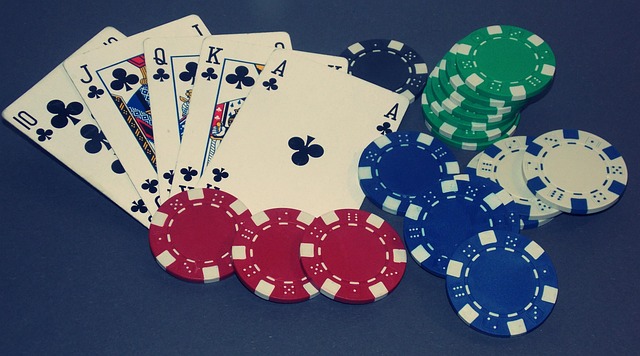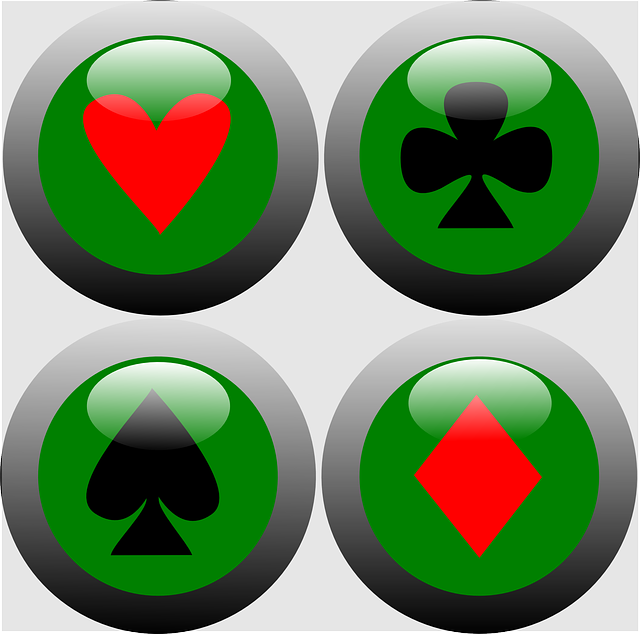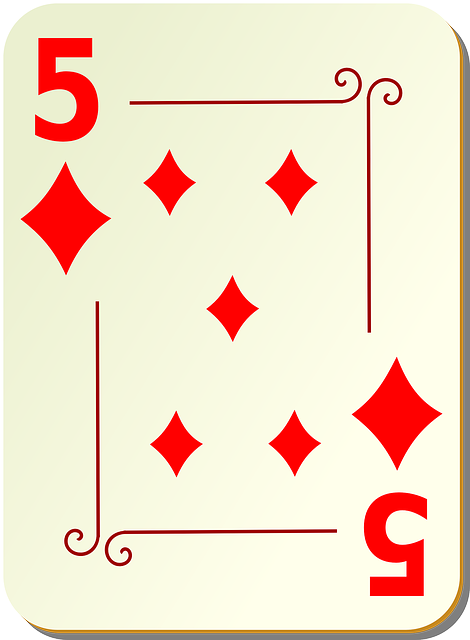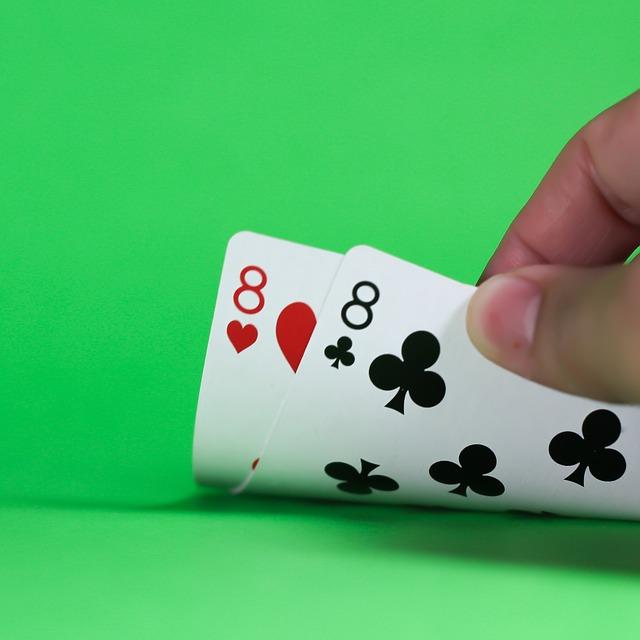Heads-up tournaments transform Poker Tournaments with an intense, one-on-one format. Players compete in a series of matches that gradually eliminate half the participants until a high-pressure final table remains. This dynamic structure highlights individual skill and quick decision-making, creating a thrilling experience for both professionals and amateurs. Despite challenges in organization, the intimate setting offers unique advantages like personalized commentary, making it a favored format among poker enthusiasts.
“Unleash the thrill of high-stakes poker with a focus on one-on-one competition in heads-up tournaments. This article delves into the unique dynamics of these intense events, exploring their format, benefits, and challenges. From the perspective of both players and organizers, we uncover the nuances that make heads-up play a captivating segment within the broader poker tournaments landscape. Discover why these competitions are a game-changer for strategic minds seeking an exhilarating poker experience.”
- What Are Heads-Up Tournaments in Poker?
- The Format and Structure of Heads-Up Play
- Benefits and Challenges for Players and Organizers
What Are Heads-Up Tournaments in Poker?

Heads-up tournaments are a unique and exciting format within the world of poker competitions. Unlike traditional multi-player events, heads-up tournaments pit just two players against each other in intense one-on-one battles. This dynamic setting offers a fast-paced and personalized gaming experience. In these tournaments, participants compete in a series of matches, where the winner advances to face the next opponent until the final table is reached.
The concept is simple yet captivating: with every round, the number of players decreases by half, creating an atmosphere of high pressure and heightened strategy. Poker enthusiasts often embrace this format for its ability to showcase individual skill and quick decision-making abilities. Heads-up tournaments are a favorite among professionals and amateurs alike, adding a fresh twist to the traditional Poker Tournaments experience.
The Format and Structure of Heads-Up Play

In a heads-up tournament, the final stage of any poker competition, two players face off in intense one-on-one battles. This format markedly differs from larger poker tournaments where strategic navigating through multiple tables is required. Here, the focus shifts to direct competition, testing individual skill and mental fortitude. Each player holds an equal chance to win, making it a thrilling display of card prowess.
The structure involves a series of hands played until one player achieves a predetermined victory condition, often a specific number of wins or chips. This intimate setting allows for more aggressive play and deeper strategic thinking compared to mass poker tournaments. The lack of table dynamics and the constant direct opposition create an intense environment where even slight variations in playing style can significantly impact the outcome.
Benefits and Challenges for Players and Organizers

Heads-up poker tournaments offer a unique dynamic compared to larger field events, presenting both benefits and challenges for players and organizers alike. For participants, the intense one-on-one nature of heads-up play provides an exciting opportunity to showcase their skills and strategy in a highly competitive setting. This format allows for deeper analysis of each player’s moves, creating a mentally stimulating experience that can elevate the overall poker experience.
Organizers face distinct challenges when hosting heads-up tournaments. Managing a smaller field requires careful planning to ensure a balanced schedule and maintain participant engagement. Additionally, the intimate atmosphere may increase the pressure on players, potentially impacting their performance. However, this setting also allows for more personalized experiences, such as tailored commentary and analysis, enhancing the overall appeal for poker enthusiasts.
Heads-up tournaments have transformed the poker landscape, offering a unique and intense experience both for players and spectators. This format’s simplicity belies its depth, fostering strategic play and creating memorable moments. By streamlining tournament structures, heads-up poker allows for focused competition, attracting a dedicated community of enthusiasts. While organizers face challenges in managing these events, the benefits—from heightened player engagement to potentially larger prize pools—make them a compelling option within the broader poker tournaments spectrum.






